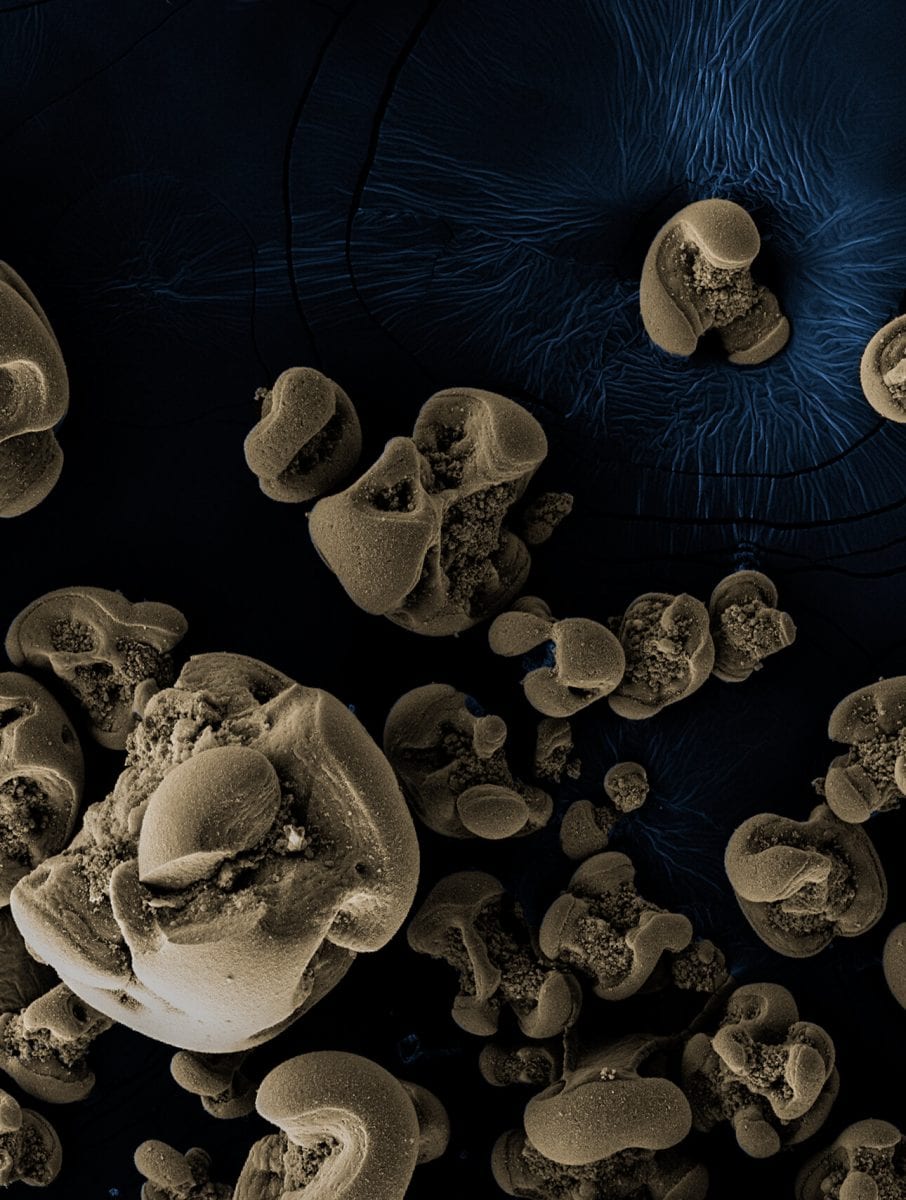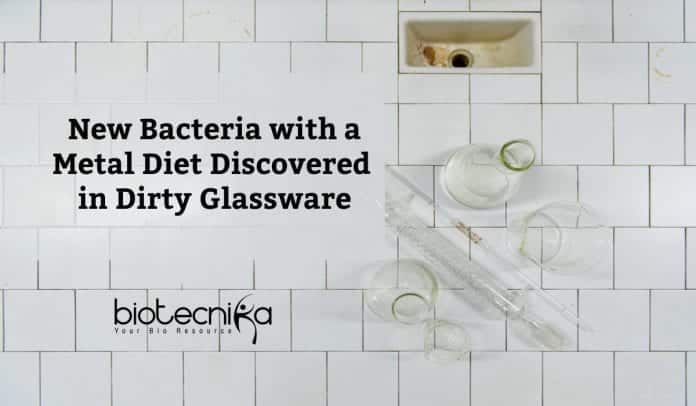Bacteria With A Metal Diet Discovered by Caltech Microbiologists
Bacteria that feed on manganese and use the metal as their source of calories have been discovered by Caltech microbiologists. None of such bacteria had been described or found until now and such microbes were predicted to exist over a century ago.
Professor of environmental microbiology at Caltech, Jared Leadbetter says, “these are the first bacteria found to use manganese as their source of fuel. In the journal Nature, Jared Leadbetter in collaboration with Hang Yu, a postdoctoral scholar, described the findings. The study also reveals that a process called chemosynthesis, where carbon dioxide is converted into biomass using manganese can be carried out by the bacteria.
After performing unrelated experiments using light, a chalk-like form of manganese, Leadbetter found the bacteria serendipitously. Before departing for several months to work off-campus, in his Caltech office, he had left a glass jar soiled with the substance to soak in tap water. The glass jar was found to be coated with dark material when he returned. He found that a newfound bacteria that had likely come from the tap water itself had generated that black coating, which was in fact oxidized manganese.

Manganese oxides are common in nature and take the form of a dark, clump substance. They can also form in water-distribution systems and have been found in subsurface deposits.
Leadbetter says, “There is an entire set of environmental engineering literature on manganese oxides clogging the drinking water distribution systems. However, the reason why such material is generated there and how it is generated is not known. Many scientists considered that this was due to bacteria using manganese for energy, but until now, there was no evidence supporting this idea.”
The geochemistry of groundwater can be better understood by researchers with the help of the findings. The process of bioremediation is known, a process where bacteria degrades pollutants in groundwater. In a manner similar to how humans use oxygen in the air, various key organisms will “reduce” manganese oxide while doing this, which means they donate electrons to it. Where the manganese oxide comes from in the first place is a question wondered by scientists for so long.
Possible relevance to understanding manganese nodules that dot much of the seafloor is also in the research findings. As early as the cruises of the HMS Challenger in the 1870s, marine researchers knew these round metallic balls, which can be as large as grapefruit. At the bottom of many of Earth’s oceans, such nodules have been found, since then. Within these nodules, rare metals are often found in concentrated forms, and mining companies have been making plans to harvest and exploit these nodules in recent years.
However, information on how the nodules form in the first place was not known quite well. Yu and Leadbetter plan to further investigate the mystery as they are now wondering if the microbes similar to what was found in freshwater might play a role in the formation of these nodules. Yu says, “Before these nodules are decimated by mining, there is great need to better understand marine manganese nodules.”
Professor of geobiology at Caltech, who was not involved with the study, Woodward Fischer says, “A major intellectual gap in our understanding of Earth’s elemental cycles are filled by this discovery from Jared and Hang, and adds to the diverse ways in which the evolution of life on our planet has been shaped by manganese, an abstruse but common transition metal.”
Source
Bacteria With A Metal Diet, Bacteria With A Metal Diet
































